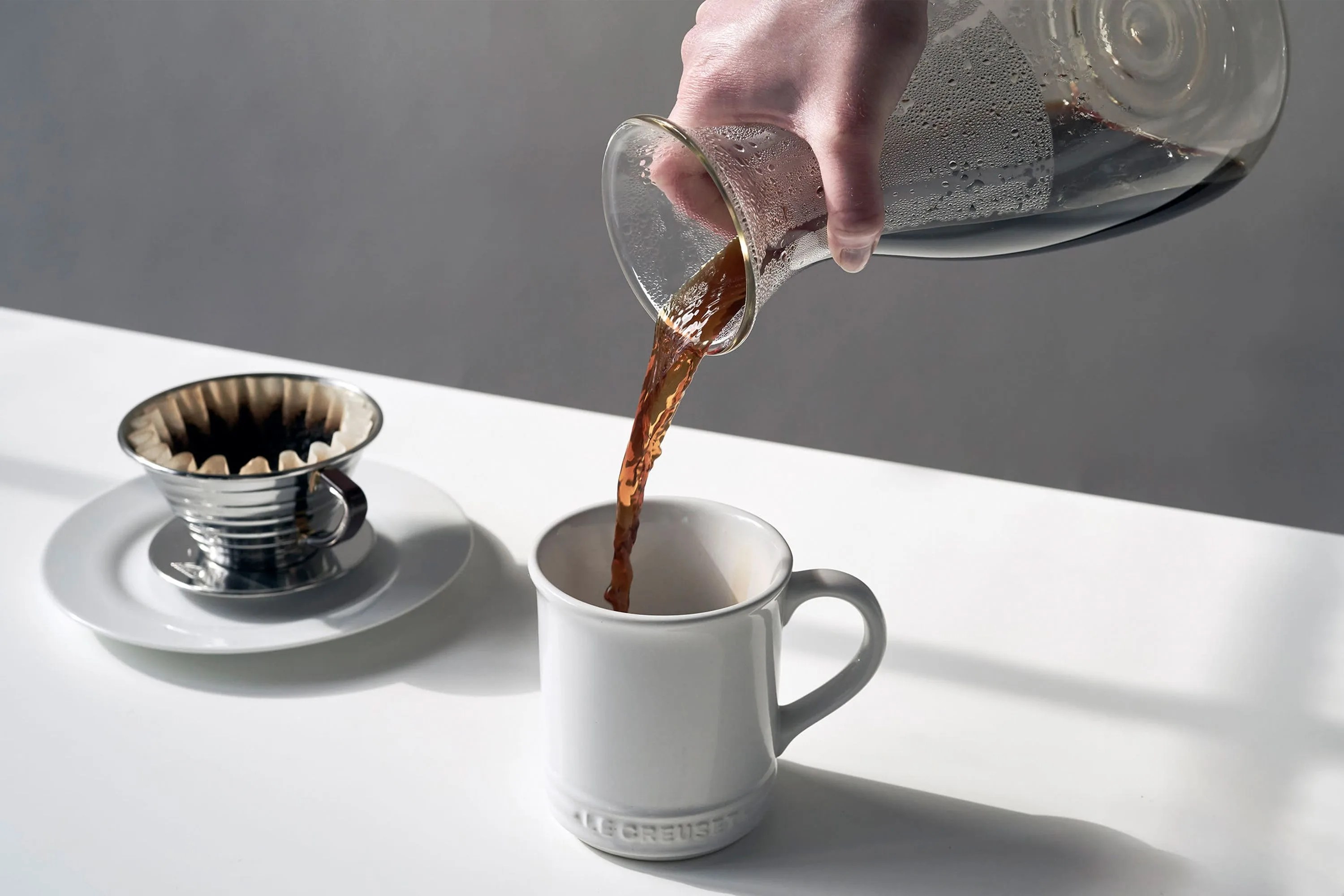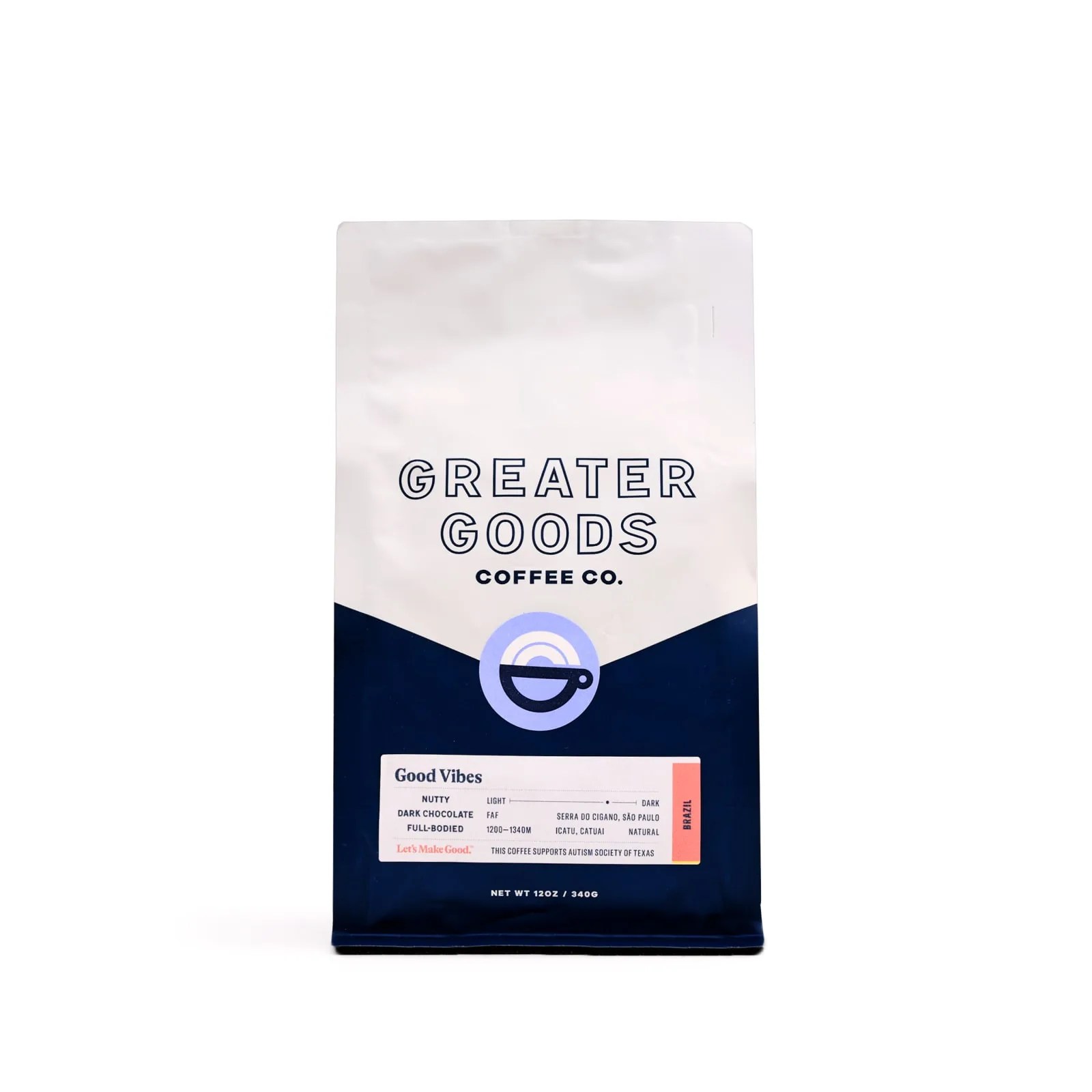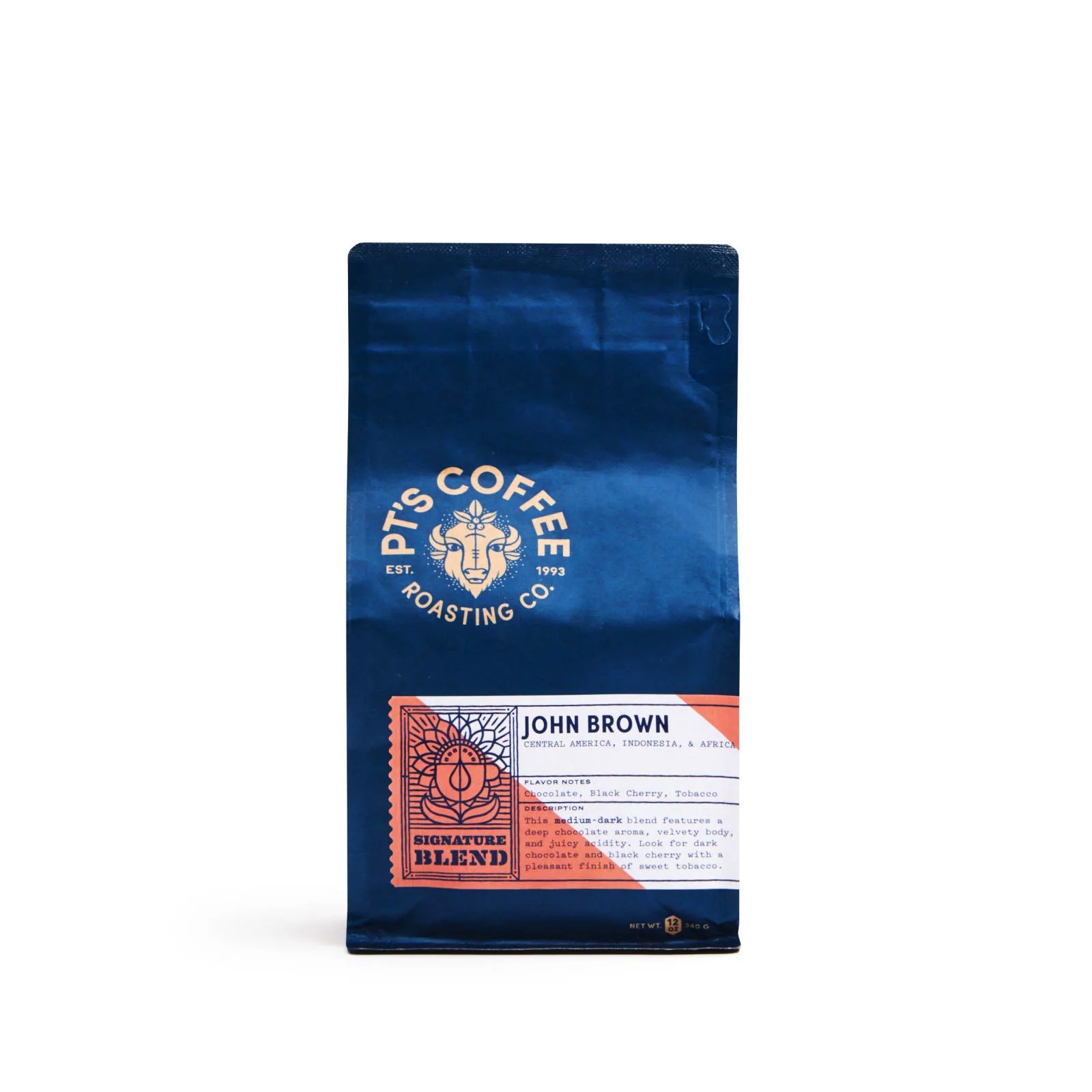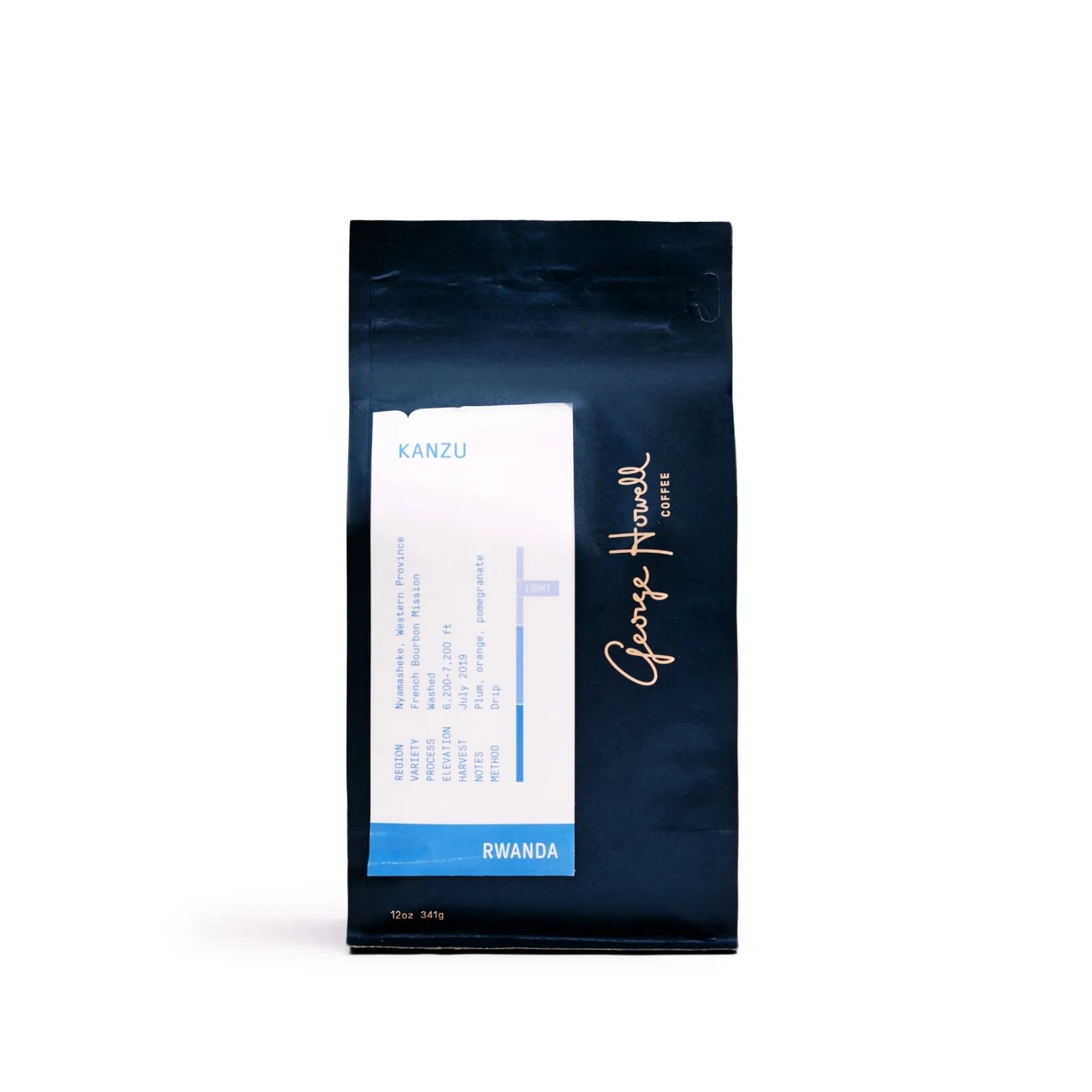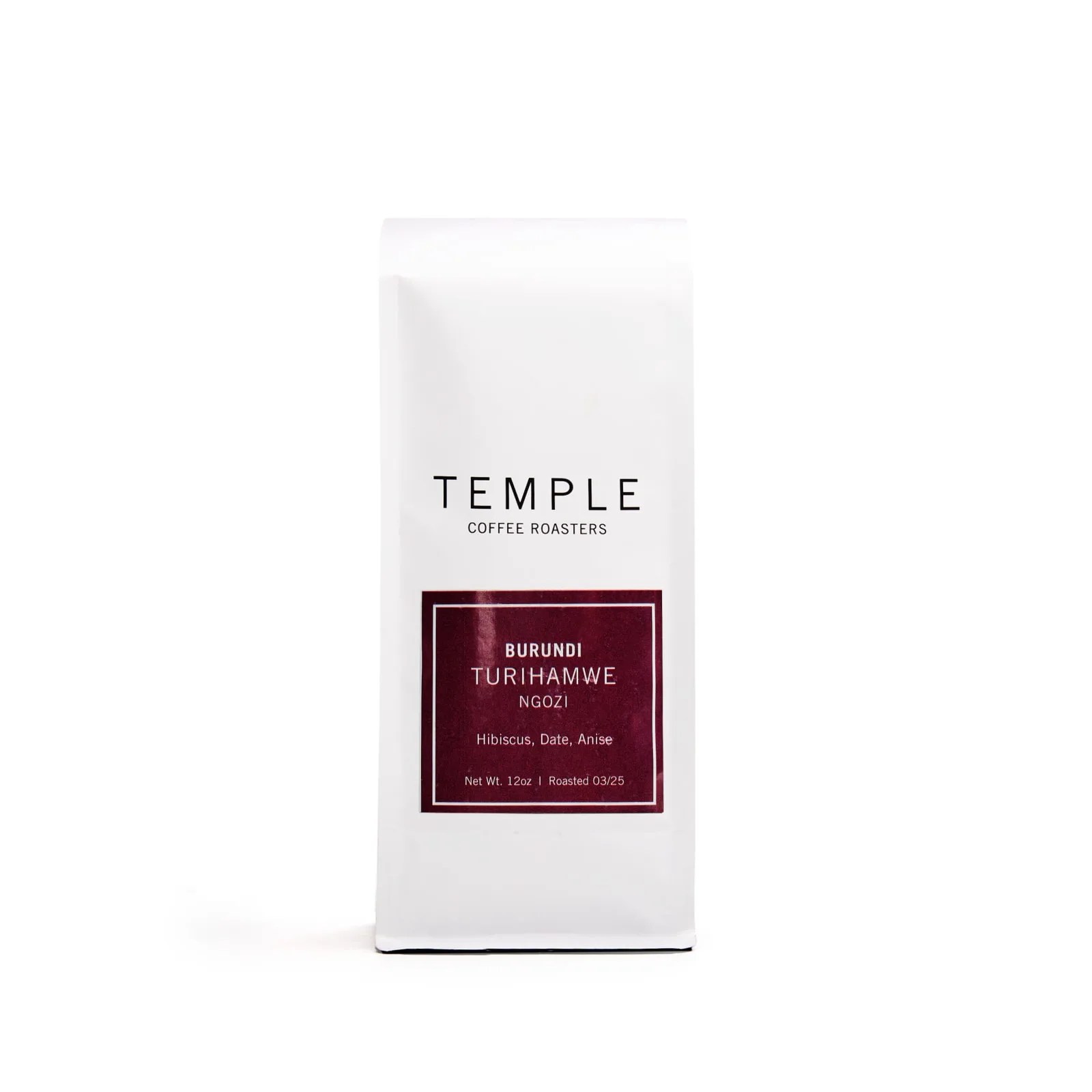Making pour-over coffee is like the ultimate coffee science experiment. Combine water temperature variability, coffee ground size, water-to-coffee ratios and many, many other factors, and you’ll end up with a drink that hopefully maximizes the flavor of whatever coffee beans you used. With the pour-over method, you get a coffee that’s cleaner than French press-brewed coffee, and a drink that’s more balanced than what comes out of an automatic drip coffee maker. Basically any coffee bean you can find will achieve its maximum potential when you brew it as a pour-over (that is, if you brew it correctly). But what are the best coffee beans to use to make pour-overs?
Take it light and sweet
While mainstream coffee drinkers have become acclimated to the big, bold (and almost burnt) flavors that Starbucks has been pushing out, pour-over lovers often lean towards light roast coffees. With light roasts, roasters aim to get a more pure taste of the coffee, which is the opposite of a darker roast Lighter roasts have sweet, more fruit and floral notes, with a thinner mouth feel than darker roast coffees. That’s not to say you can’t brew a dark roast coffee pour-over style. If you’re into rich, coffee-like flavors in your coffee, brewing it as a pour-over will make it cleaner and smoother than, say, a drip coffee maker.
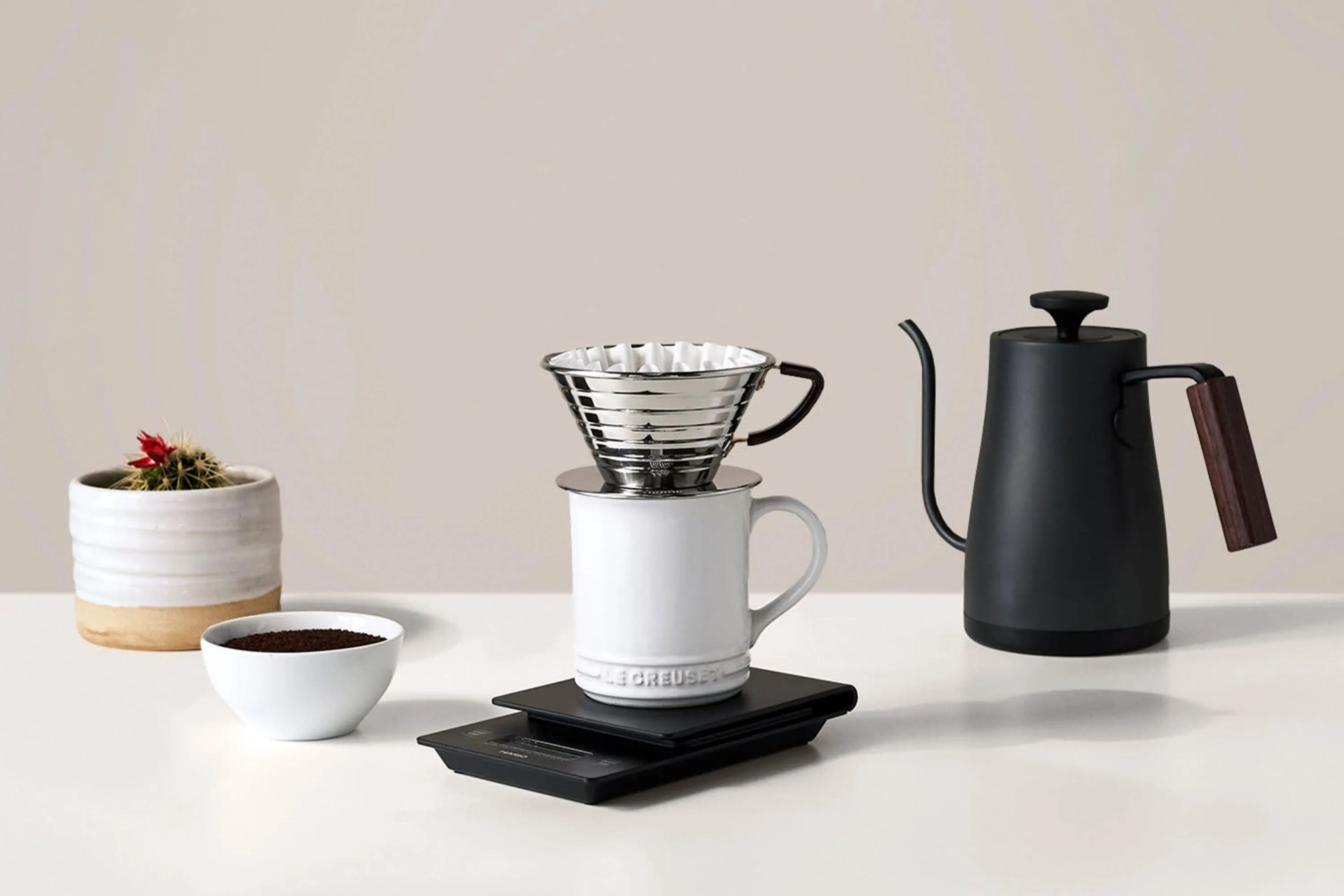 Trade Coffee
Trade CoffeeTry a single origin
Because the pour-over technique is effective at highlighting more delicate coffee flavors, you’re more likely to be able to highlight origin-specific flavor differences. Similar to how wine tasting can evoke the terroir in which it was grown, coffee takes much of its flavor from the soil it grows from. In contrast, blends take beans of different regions and combine them to create a roaster’s idea of an ideal flavor profile. There’s nothing wrong with blends (they’re often more affordable and work perfectly on weekday mornings), but experimenting and understanding flavor profiles is one of the highlights of brewing pour-over; single origins facilitate that better than blends do.
Get funky with it
You’ll never guess what coffee can taste like until you’ve tried naturally processed coffee, in which the beans are basically left to ferment in the cherry it grows in. You can learn more about the different ways coffees are processed here, but essentially the two main methods are natural process and washed process, the latter of which is the most mainstream. Natural process coffees offer a “funk,” because of the light fermentation, similar to how natural wine has a funk. It also evokes more fruit-forward flavors and mellower acidity. These characteristics can be muddled when brewed in a drip coffee maker or French press, but accentuated by pour-overs.
